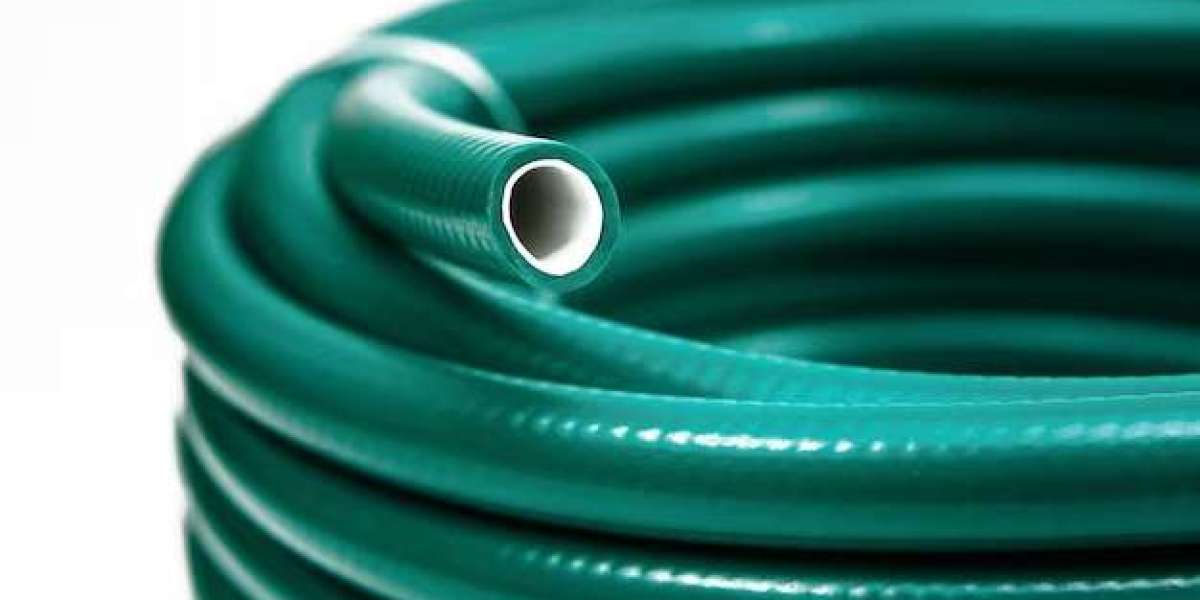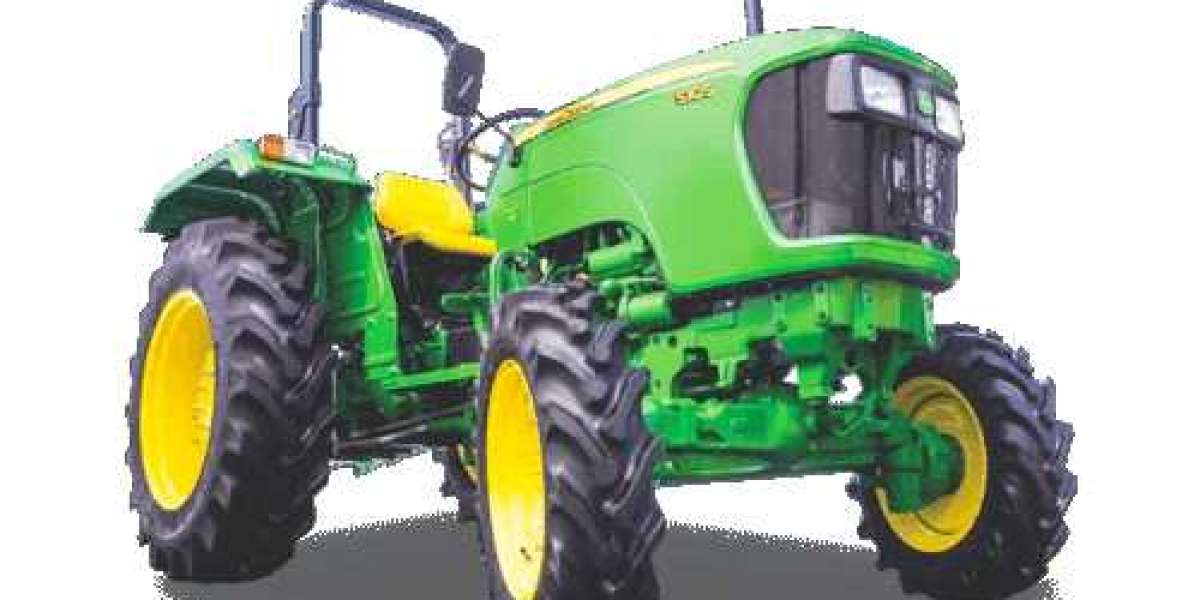Flexible hoses are the unsung heroes of fluid transfer systems, offering a dynamic range of functions across various industries. Understanding their specifications is crucial for optimal performance and safety. This comprehensive guide will delve into the five key components constituting flexible hose specifications, unravelling their significance and impact on diverse applications.
1. Material Composition: The Foundation Of Reliability
In evaluating various flexible hose specifications, it becomes evident that the composition of these hoses plays a pivotal role in determining their suitability for diverse industrial needs. The selection process involves considering the specific demands of the application, where the right material ensures optimal performance and longevity. Rubber hoses stand out prominently due to their inherent flexibility and resilience to abrasion, meeting the stringent requirements of high-pressure hydraulic systems.
Meanwhile, PVC hoses, though less flexible, carve their niche by excelling in scenarios prioritising chemical resistance and cost-effectiveness, such as water transfer applications. Stainless steel hoses, renowned for their robustness in extreme conditions, particularly shine in petrochemical industries, where durability amid corrosive environments is non-negotiable. Therefore, understanding and aligning flexible hose specifications with the demands of the intended use are critical for achieving optimal functionality and reliability.
Selecting the right material hinges on multiple factors, including the nature of the fluid being transferred, the operating environment, and temperature variations. For instance, compatibility and resistance become paramount when dealing with aggressive chemicals or high-temperature fluids.
2. Size And Dimensions: Precision Matters
The size and dimensions of a flexible hose play a pivotal role in ensuring seamless integration and efficient fluid transfer within a system. The inner diameter, outer diameter, and length of a hose directly influence flow rates, pressure capabilities, and the system's overall effectiveness. Precise sizing is crucial; an incorrect diameter can impede flow rates or compromise pressure tolerance, leading to inefficiencies or system failures. In automotive applications, for instance, hoses with exact inner diameters are essential for fuel and coolant systems, where any deviation in size could impact performance and safety.
Moreover, the length of the hose determines its reach within the system. Adequate length ensures proper installation without unnecessary tension or stress on the hose, reducing the risk of premature wear or failure. Additionally, considerations regarding the bend radius and the maximum curvature a hose can withstand without kinking or restricting flow are pivotal in ensuring optimal performance and longevity. Manufacturers provide detailed specifications regarding bend radii and dimensional tolerances, guiding users in selecting the most suitable hoses for their applications.
3. Pressure Rating: Gauging Performance Under Stress
Understanding the pressure rating of a flexible hose is paramount for ensuring safety and optimal functionality within a system. Pressure ratings indicate the maximum pressure a hose can withstand without damaging or compromising its integrity. Hoses are categorised based on pressure handling capabilities, ranging from low-pressure hoses suitable for general applications to high-pressure hoses designed for heavy-duty and extreme conditions, such as hydraulic systems in industrial machinery.
Matching the hose's pressure rating with the system's operational pressure is critical. Exceeding the prescribed pressure limits poses significant risks, including ruptures, leaks, or catastrophic failures. Therefore, meticulously considering pressure ratings ensures the hose can withstand the intended pressure levels without compromising performance or safety. Regular inspections and adherence to recommended operating pressures are vital in maintaining the longevity and reliability of flexible hoses, safeguarding against potential hazards.
4. Temperature Range: Adapting To Environmental Extremes
Temperature tolerance is critical to hose specifications, determining their suitability for diverse environmental conditions. Hoses must withstand temperature variations without compromising their structural integrity or functional capabilities. Each material exhibits different thermal properties, influencing its performance across temperature ranges.
For instance, hoses in industries handling hot fluids or steam require materials that can endure high temperatures without deteriorating. Conversely, hoses used in cryogenic applications necessitate materials capable of withstanding extremely low temperatures without becoming brittle or losing flexibility.
5. End Fittings And Connections: Ensuring Seamless Integration
The effectiveness of a flexible hose greatly relies on its end fittings and connections. These components facilitate the attachment of hoses to various equipment and systems, ensuring a secure and leak-free interface. End fittings come in multiple designs, such as threaded, flanged, or quick-connect, each serving specific purposes in different industries.
Properly selected end fittings and connections ensure a tight seal and simplify installation and maintenance processes. Compatibility between the hose and its end fittings is crucial for preventing leaks and ensuring efficient fluid transfer, minimising downtime and enhancing operational efficiency.
Conclusion
The specifications of flexible hoses encompass many factors, each playing a pivotal role in their performance and suitability for diverse applications. By comprehensively understanding and evaluating these five key components—material composition, size and dimensions, pressure rating, temperature range, and end fittings—you can make informed decisions when selecting hoses for your specific needs, ensuring optimal performance, safety, and longevity of your systems.









